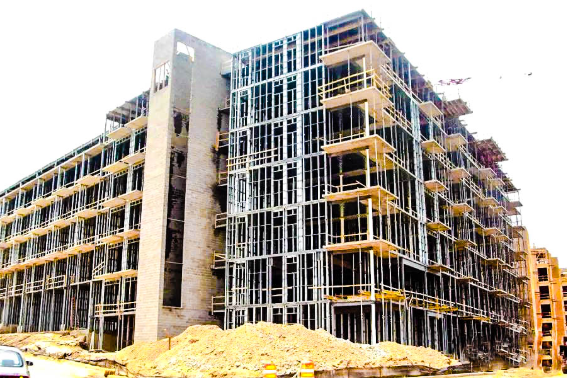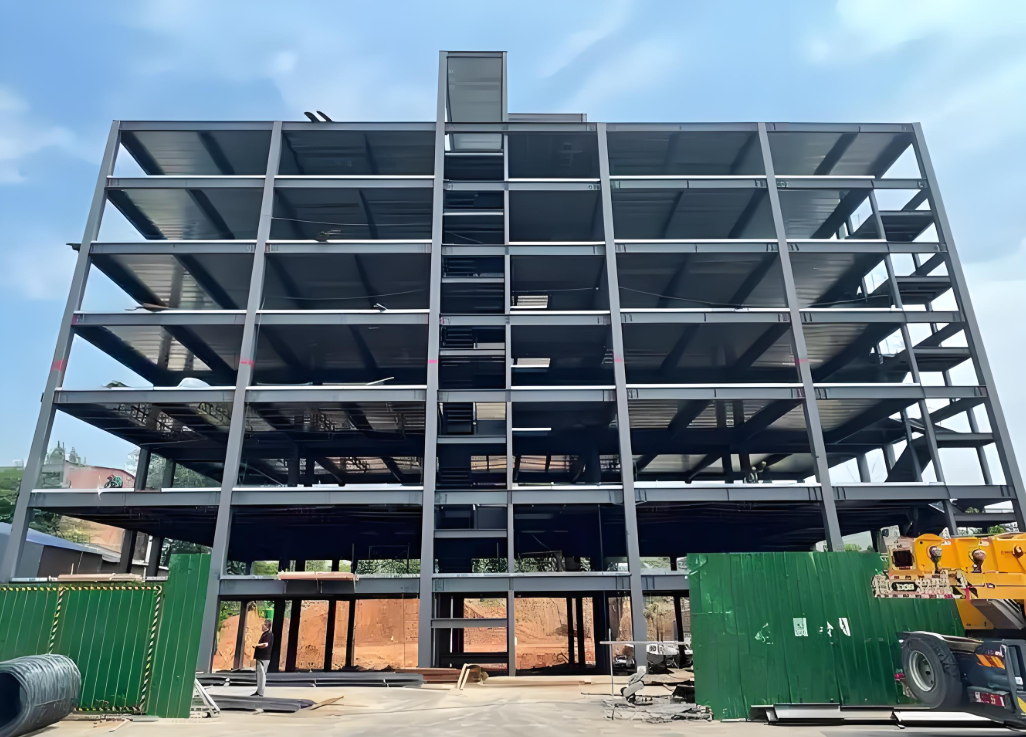Steel Structure Engineering: Applications and Advantages
Steel structures are widely used in modern construction due to their exceptional strength, versatility, and adaptability. Here’s a concise overview of their key applications and design considerations:

Core Application Scenarios
High-Rise Buildings
Steel frameworks provide optimal strength-to-weight ratios for skyscrapers, enabling slender designs while resisting wind/seismic forces.Large-Span Structures
Ideal for stadiums, airports, theaters, and exhibition halls where column-free spaces are critical.
Example: The Bird’s Nest Stadium (Beijing) uses steel trusses to span 330m.Industrial Facilities
Heavy-load workshops (e.g., crane systems, power plants)
Dynamic/vibration-prone environments (e.g., manufacturing plants)
Modular or relocatable structures (e.g., mining camps, warehouses)
Infrastructure Projects
Bridges, transmission towers, offshore platforms, and iconic landmarks (e.g., Eiffel Tower).Specialized Structures
Temporary/emergency buildings (rapid assembly)
Sculptural architectures (flexible shaping)
Mountainous terrain constructions (lightweight prefabrication)
Technical Advantages
High Load Capacity: Supports heavy machinery, snow loads, and seismic forces.
Adaptability: Compatible with hybrid systems (e.g., steel-concrete composites).
Prefabrication: Reduces on-site construction time by 30-50%.
Sustainability: 90% recyclability and lower carbon footprint vs. concrete.
Design Considerations
Structural Systems
Space Frames: For complex geometries (e.g., dome roofs).
Suspension/Cable-Membrane: Maximizes span efficiency.
Braced Frames: Enhances lateral stability in seismic zones.
Load Management
Sloped roofs (>50°) to mitigate snow accumulation.
Direct load transfer paths to foundations.
Redundant load-bearing systems for fail-safe performance.
Seismic Resilience
Dual systems (e.g., SRC columns + core bracing) for high-rise buildings in earthquake zones.
Uniform stiffness distribution to avoid torsional irregularities.

Material Selection Strategies
Scenario
Recommended System
Heavy dynamic loads | Space frames over gabled frames |
Frequent disassembly | Bolt-connected truss systems |
Extreme weather regions | Corrosion-resistant coatings (e.g., galvanized steel) |
Emerging Trends
BIM Integration: Enables precision in complex steel connections.
3D-Printed Nodes: Reduces fabrication waste for custom geometries.
Smart Sensors: Real-time monitoring of stress and corrosion.
Steel structures continue to redefine architectural possibilities, combining engineering rigor with creative freedom. From megatall towers to disaster-relief shelters, their applications reflect both technical necessity and human ingenuity.



